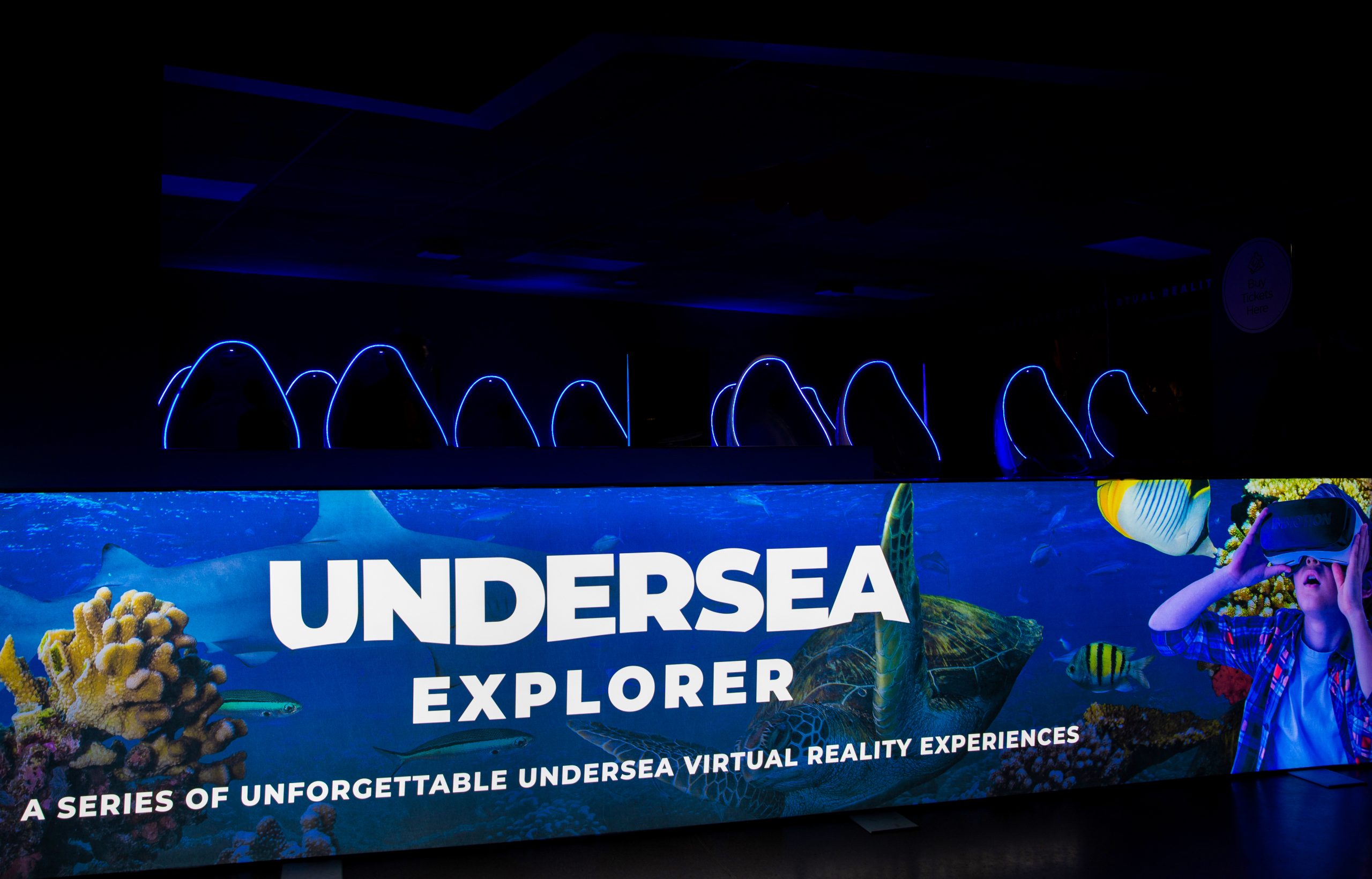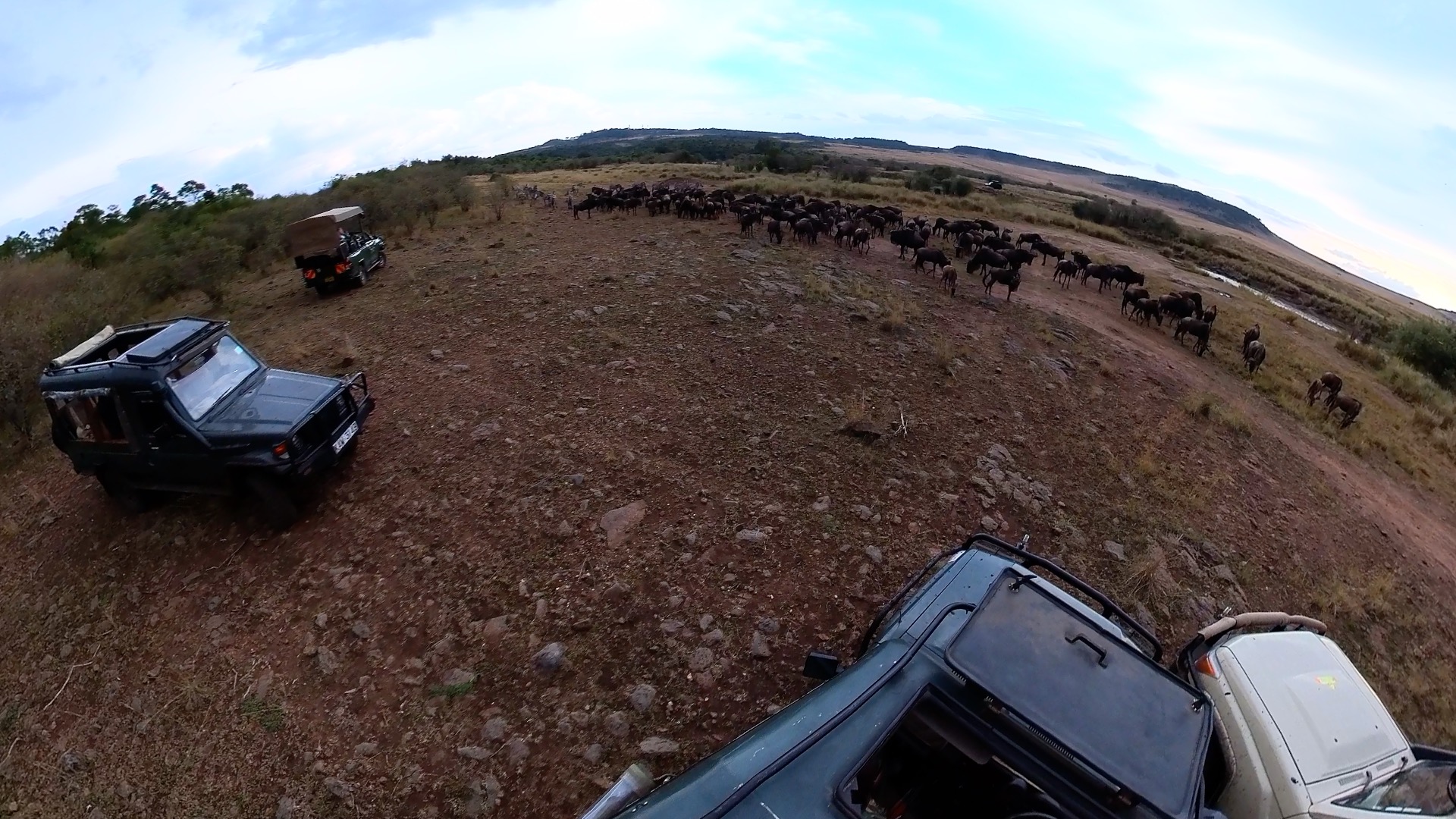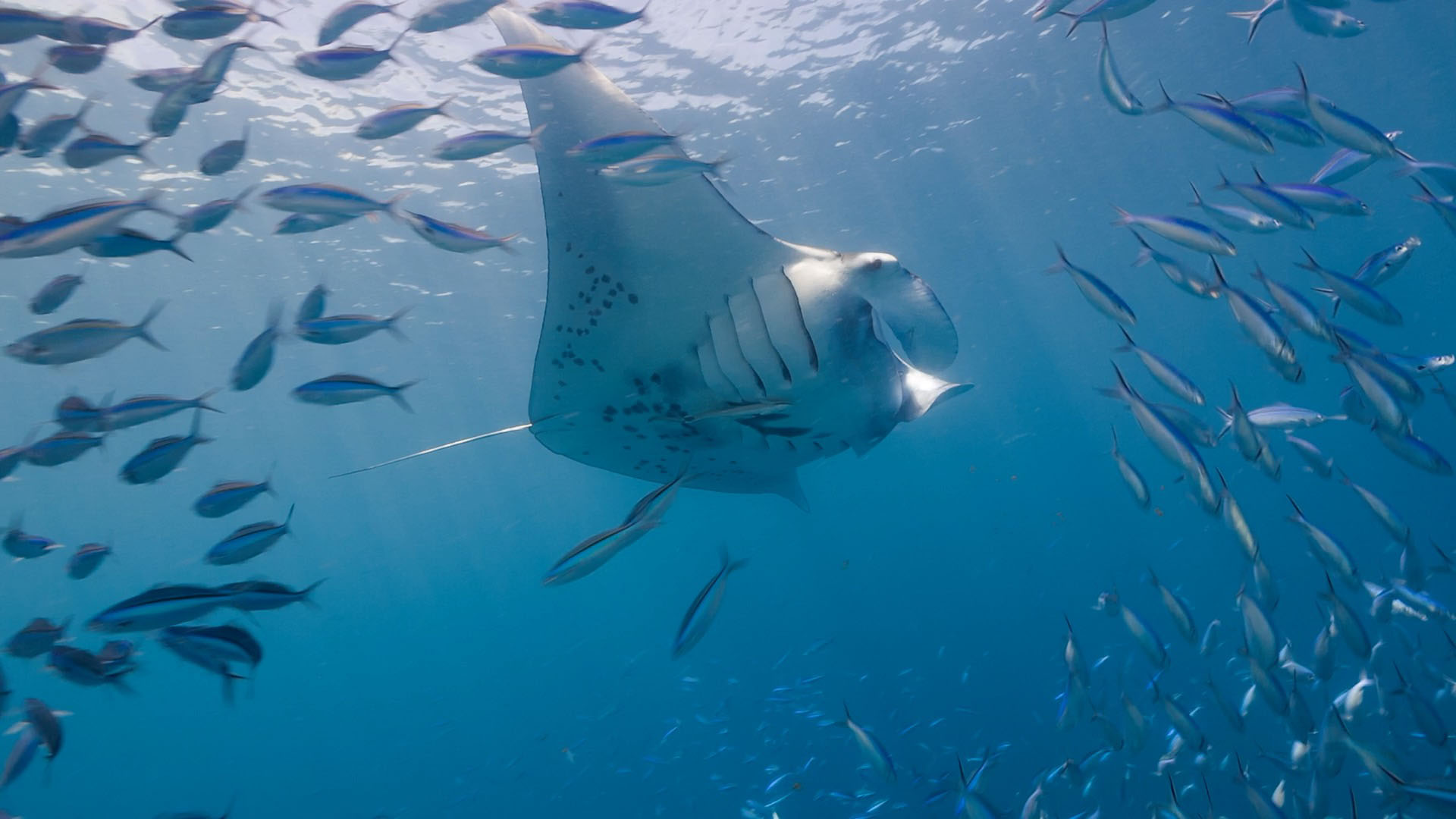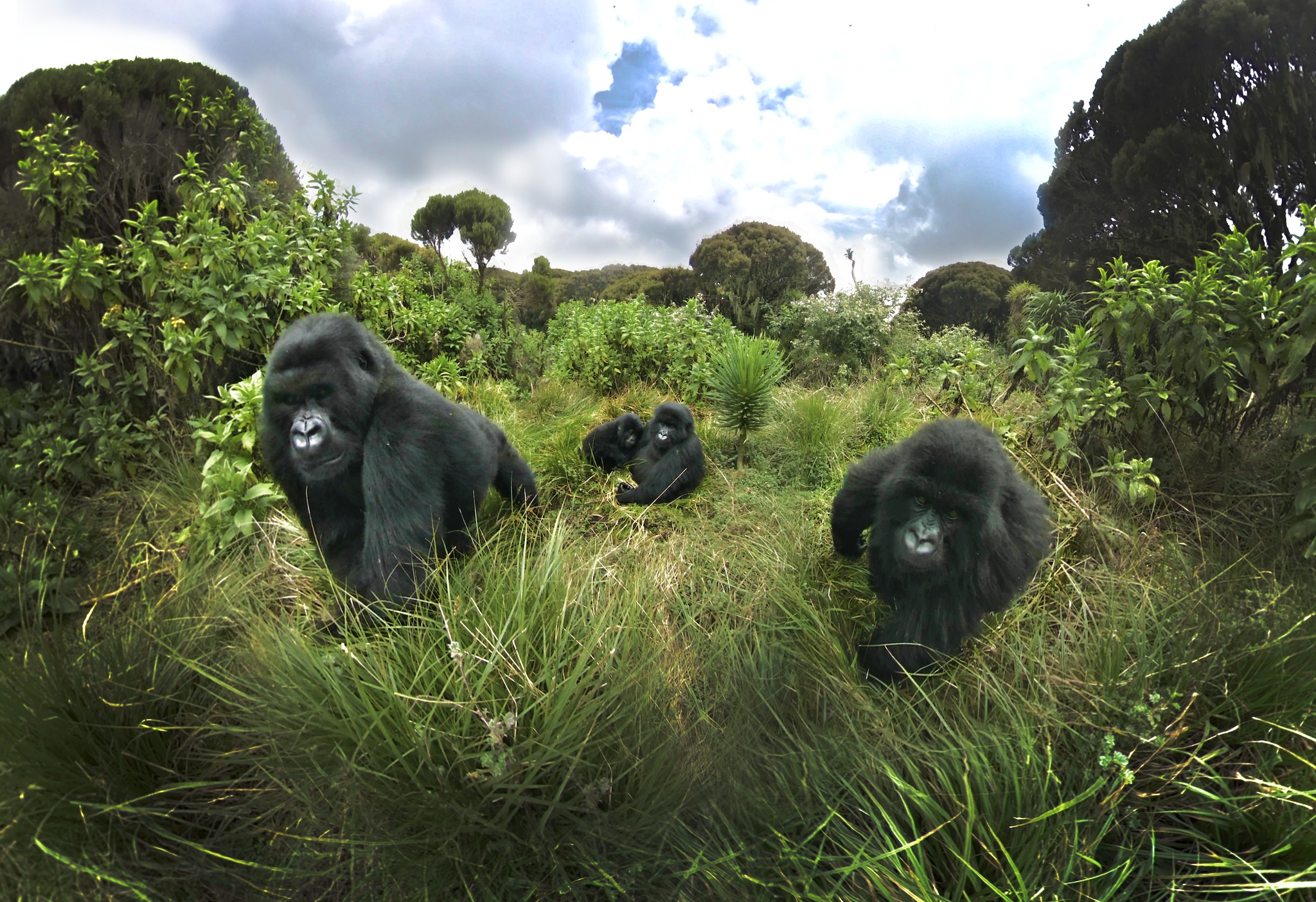We sat down for a Q and A with Immotion’s Director of VR, Peter Caddock, who, by his own admission, doesn’t work for a living.
He states that when you do what you love, as he clearly does, it never feels like work.
We wanted to get under the skin of this dream job, and see what it takes to be the Director of VR in one of the fasting growing virtual reality companies in the UK.
What’s your current role and what does it entail?
My current role is Director of VR and I am ultimately responsible for all content which will be delivered to our centres and partners across the world.
My main focuses are on storytelling, writing, designing / developing passive and interactive content for any platform, and I work with our talented team to guide our products to delivery. This often extends to devising strategies for future content and revenue streams, advising on certain elements of hardware and software integration.
I have been involved with developing interactive software for over forty (40) years (which still surprises me!) .
How did you get into the VR industry?
I first became interested in VR in 1993. A company called Virtuality were using Amiga computers (a platform I was a developer for at the time) to generate some of the first multiplayer adventure games with headsets, which had to be suspended from a framework they were so large.
I was intrigued and hooked.
Then in early 2003 a colleague and I had developed our own VR headsets based on the old fashioned (and very expensive) CRT technology. We had two resolution headsets, 640 x 480 and 800 x 600. I added a gyro mouse to the headset to enable 3 degrees of freedom tracking. With an IR sensor we could imitate 6 degrees of freedom. Our project was years ahead of its time but sadly too expensive and low resolution to develop back then. It would be great to resurrect it now!
What advice would you give anyone wishing to get involved in a career in VR?
It really depends upon which area of VR you are interested in, as there are so many. What’s great is that many traditional workflows remain similar or the same. You need to look at what you do best and how you can use your strengths in the variety of areas of opportunity which exist now and will exist in the near future.
Here is a starting point:
Software development – content or backend data – 3D artist / code / game design / animation / audio
Hardware development – sales or designing/developing – specific hardware solutions
That’s before you look at the actual storytelling and writing aspects of VR content.
There are so many opportunities right now. Find a company whose direction matches your own and follow them – see how you may fit in. Build a portfolio of work to show your talent level, connect via social media, get involved in a community which will allow you to broaden your knowledge and keep up to date with new innovations. Develop your own experiences to show companies you are serious – invest in yourself.
What goes into the creation of a VR experience?
At Immotion we generally begin with a new creative idea and a vision of how that idea may come to fruition. As a team we discuss opportunities and make some initial decisions on the approaches we might take.
We ask ourselves these questions first:
- Will the look and feel be ‘realistic’ or ‘stylised’?
- How will we generate the visuals?
- Will it be fully rendered CG, real-time game engine or should it be full 360 stereo 8K digital video?
Or will it be a combination of these? The latter offers the best of all worlds and has enabled us to develop some of the most incredible passive experiences in the industry such as Delta Zero and Jinxed.
We like to be original and pushing back the boundaries is second nature to us.
For fully rendered CG, we move the idea onto a storyboard, develop a blockout of the action, grey box the scenes, create an animatic and test timings. Once everything is in place for a particular shot, we then begin to undertake test rendering, doing lighting tests and adjusting each element until all is good. We then commit to rendering the shot fully. Rendering can take hours or sometimes days.
For real-time game engine experiences, the assets are built using the same tool sets as full CG but using slightly different techniques. 3D assets are then brought into the game engine, combined with audio and special effects and coded into the finished piece. Again skills remain broadly the same from 3D modelling, animation, UV mapping, texturing, but game engines require specific graphical pipelines to be adhered to so they can render upto 90 frames per second in real-time – the generally accepted frame rate for immersive VR.
For 360 videos, such as our ’Swimming with Humpbacks’ experience, we used our live action filming team in LA who have many years of experience in this arena. The result is a wonderful close up engagement with these astonishing creatures, something most people will never get the chance to experience for real in their lifetime.
How does the development of a game, with interactivity, differ in terms of creation?
Developing a VR game experience is about recognising those things which are compelling to your chosen target audience.
With ‘Lord of the Skies – Aerial Mayhem’ and ‘Chimpact World Rally’ we have taken feedback from our own VR arcades and fixed those things which make operator’s lives difficult. Most games are not designed for VR Arcades, they are designed for knowledgeable users in a home environment. Clearly in VR arcades we are trying to attract a broader audience, which includes gamers but also those not as familiar with games or computer hardware.
We’ve designed and developed these games to be easy to understand and play, with obvious competitive elements and scores are displayed at the end of the game.
Controls in a VR game have to respond in an acceptably realistic manner to be engaging and immersive. Physics reactions and motion needs to be conserved, planes can only fly if their speed is high enough to induce lift and failing to maintain speed or taking dangerous risks with changes in directions can and should have calamitous results.
When dealing with the public, we know that player’s abilities vary greatly, so it is unwise to launch a game which is either too easy or too hard to enjoy. The balance is somewhere in the middle and this can only be achieved through constant testing and appraisal. It is time consuming but necessary in order to produce a successful finished product.
Will players come back for another play? If they feel they can improve on their previous game, yes! New players should also feel like they could always do better next time. If they do, they will be back and more likely to return with friends, hopefully again and again.
Chimpact World Rally
Chimpact World Rally is our answer to another famous racing game which has had a recent VR incarnation. We wanted to develop something which really stood out in the ‘cute racing’ genre and this is it. It is an up to four player, multiplayer game, playing over a local network, and features main characters from the Chimpact IP.
The rally takes place on a tropical island paradise and players drive, fly and speed from the top of the jungle laden mountains down through different environments to the finish line on the beach.
What do you love about your job?
There is a lot about VR I love. The variety of experiences is infinite! VR has the ability to give you experiences in places you could never actually go to, for example; standing inside a raging volcano, flying a spacecraft across the galaxy, waving laser swords around in time to music…
Exploring what works in VR and understanding why it works is what I spend a lot of spare time on, at home. I’ve been designing and developing interactive experiences and video games since the 1970’s, technology fascinates me and VR is the next big tech ‘thing’. I don’t think we have understood its power fully yet.


 Prev post
Prev post Next post
Next post
 read article
read article
